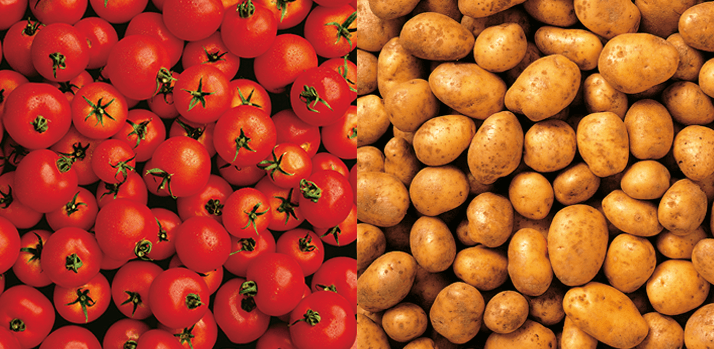Introduction
Metalaxyl is a fungicide used to fight plant diseases (downey mildew) in agricultural applications. Metalaxyl is a racemic phenylamide, with two enantiomers. (R)-Metalaxyl has a higher activity (Metalaxyl-M, Mefenoxam). In Germany, Switzerland and Austria only the application of this active enantiomer is permitted. The valid determination and quantification of Metalaxyl residues is very important for monitoring food, soils and ground water. CHIRAL ART Cellulose-SB is an immobilised chiral selector, which is able to separate the enantiomers of Metalaxyl easily.


The fungicide Metalaxyl is taken up by plants. Metalaxyl inhibits the RNA synthesis of fungi within ribosomes, which leads to inhibition of the fungi. It is applied to different fruits, vegetables, herbs and also flowers.





